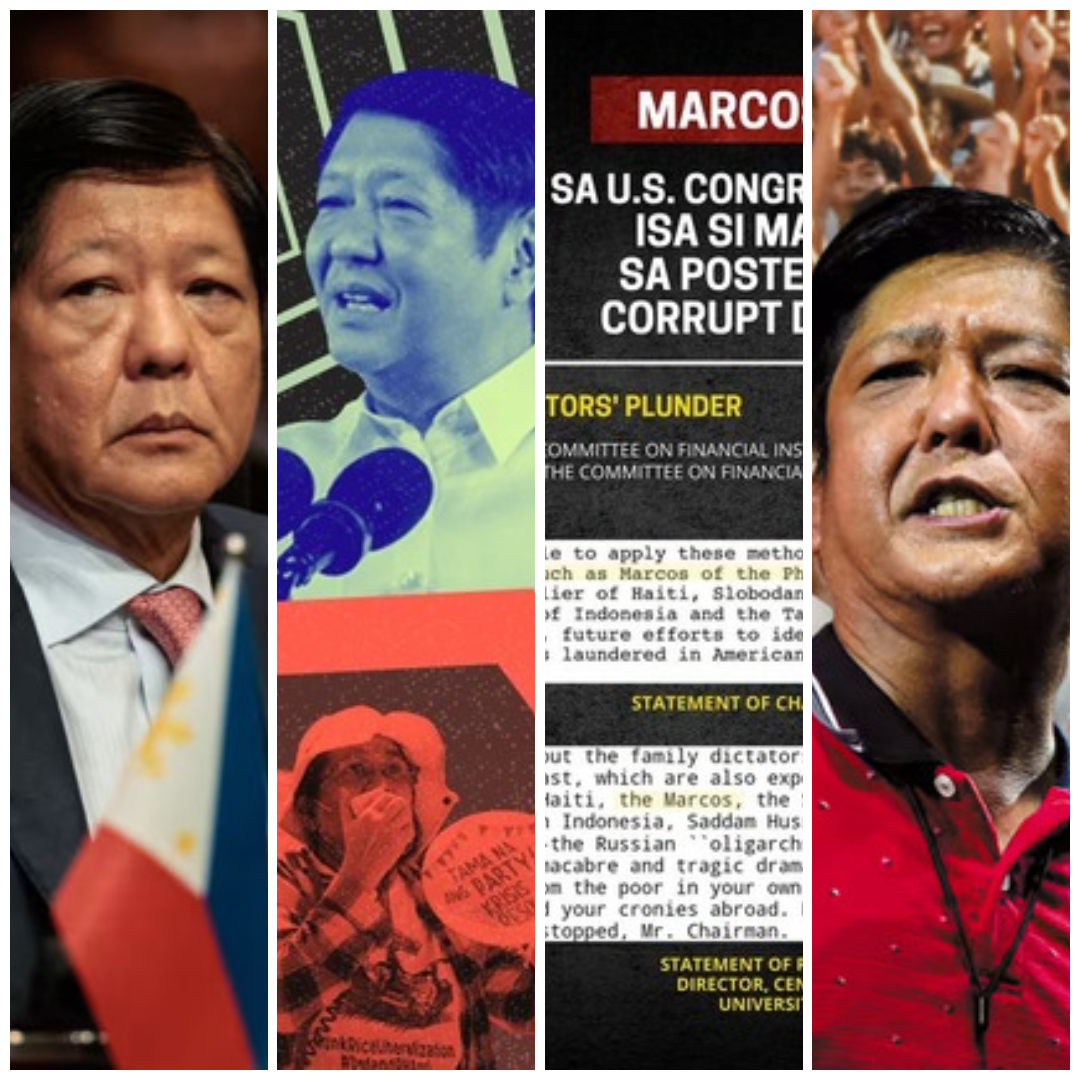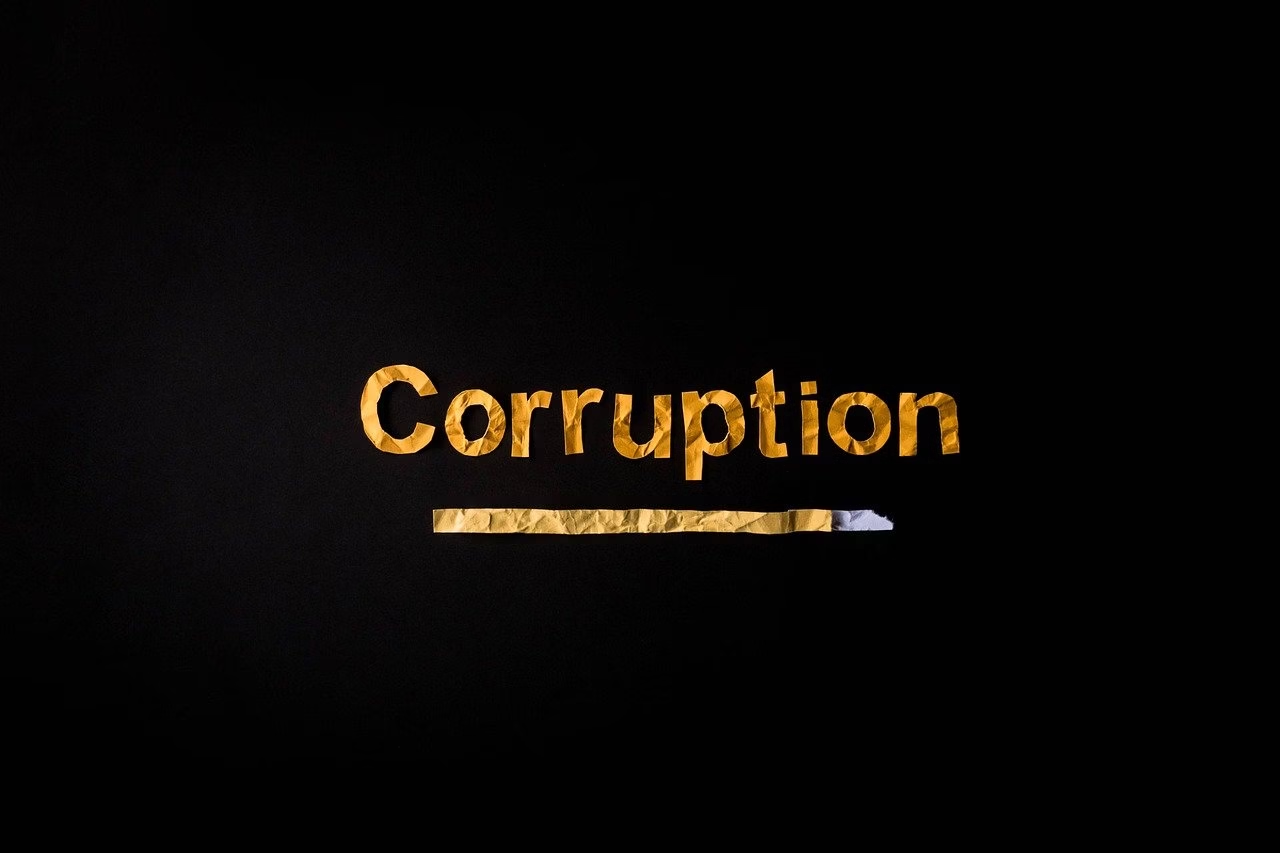Table of Contents
ToggleWhat is political corruption?
When it comes to political corruption, few names are as infamous as Ferdinand Marcos, the former president of the Philippines.
His regime stands as one of the most egregious examples of kleptocracy, characterised by the systematic embezzlement of public funds, authoritarian control, and a lavish lifestyle that starkly contrasted with the poverty of his people.
In this blog, we’ll explore how Marcos rose to power, the extent of his corruption, its impact on the Philippines, and the lessons learnt from his notorious rule.
Who Was Ferdinand Marcos?
Ferdinand Emmanuel Edralin Marcos was born on September 11, 1917, in Ilocos Norte, a province in the Philippines. He came from a politically influential family and was a bright student, earning a law degree from the University of the Philippines.
Marcos’s early life hinted at ambition and cunning, traits that would define his political career.
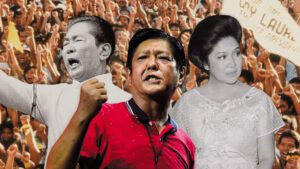
Ferdinand Marcos is often regarded as the most corrupt politician in history due to his vast accumulation of wealth, widespread corruption, and the lasting impact his regime had on the Philippines.
Serving as the 10th President of the Philippines from 1965 to 1986, Marcos’s rule was characterised by his authoritarian control, the plundering of the nation’s wealth, and human rights violations that continue to haunt the country to this day.
Political Rise and Early Achievements
Marcos’s political career began in the 1940s when he was elected to the House of Representatives. He later served in the Senate, where his charisma and legal prowess earned him national recognition. In 1965, he successfully ran for president, positioning himself as a reformist and champion of progress.
The Beginning of the Dictatorship
Marcos’s first term was relatively successful, marked by infrastructure projects and economic growth. However, as his second term progressed, cracks began to show. Fearing a loss of power, Marcos declared martial law in 1972, citing threats from communist insurgents. This move allowed him to rule by decree, effectively turning the Philippines into a dictatorship.
Martial Law and Consolidation of Power
Under martial law, Marcos suspended the constitution, dissolved Congress, and took control of the judiciary. He arrested political opponents, censored the media, and instilled a climate of fear. While Marcos justified these actions as necessary for national security, critics argue it was a blatant power grab.
The Corruption of Ferdinand Marcos
1. Massive Embezzlement and Looting of Public Funds
Marcos’s regime is often cited as one of the most corrupt in history. According to estimates, he and his wife, Imelda Marcos, looted between $5 billion and $10 billion from the national treasury. This wealth was funnelled through a complex network of shell companies and offshore accounts.
- Swiss Bank Accounts: A significant portion of the stolen funds was hidden in Swiss bank accounts under aliases. In 1995, the Swiss government returned $680 million of Marcos’s ill-gotten wealth to the Philippine government.
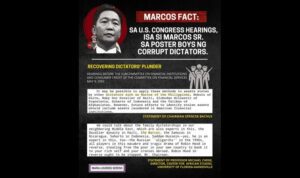
- Dummy Corporations: Marcos used dummy corporations to acquire properties in the United States and other countries. These assets included luxury real estate, art collections, and jewellery.
2. Imelda Marcos’s Extravagant Lifestyle
Imelda Marcos became a symbol of excess and opulence. Known as the “Iron Butterfly,” she was infamous for her collection of over 3,000 pairs of designer shoes and extravagant spending on jewellery and real estate. While the Filipino people endured poverty, Imelda threw lavish parties and lived a life of luxury.
How Ferdinand Marcos Used Political Power to Enable Corruption in the Philippines
Ferdinand Marcos’s rule over the Philippines from 1965 to 1986 is a textbook example of how political power can be exploited for personal gain.
His ability to manipulate the political system, consolidate power, and suppress dissent allowed him to orchestrate one of the most corrupt regimes in modern history.
Declaring Martial Law
In 1972, Marcos declared Martial Law under the pretext of combating communist insurgencies. This move allowed him to:
- Suspend the Constitution: Marcos gained absolute control, bypassing checks and balances.
- Rule by Decree: He issued laws without oversight, making it easier to legalize corrupt practices.
- Suppress Opposition: Political rivals, journalists, and activists were arrested or silenced, ensuring no resistance to his corrupt activities.
2. Controlling Government Contracts and State-Owned Enterprises
Marcos used his position to control key sectors of the economy:
- Awarding Lucrative Contracts to Cronies: Only those loyal to Marcos received major infrastructure and business deals, often through rigged bidding processes.
- Monopolizing Industries: Allies were given monopolies in industries like telecommunications, sugar, and energy, enriching themselves while blocking competition.
- Diverting Public Funds: Funds meant for public projects were siphoned off into private accounts, resulting in substandard or incomplete infrastructure.
3. Accumulating Ill-Gotten Wealth
Marcos and his family amassed billions of dollars through:
- Plundering the Treasury: State funds were redirected into personal accounts and offshore investments.
- Kickbacks and Bribes: Businesses were forced to pay bribes to win contracts or secure permits.
- Smuggling and Asset Seizure: The regime seized valuable properties and businesses from political enemies, adding to the family’s wealth.
4. Imposing Cronyism and Nepotism
Marcos’s political appointments were based on loyalty rather than competence:
- Placing Loyalists in Key Positions: High-ranking government officials, judges, and military officers were handpicked to ensure their loyalty.
- Favoring Family and Friends: Close relatives and friends were given powerful positions and control over lucrative industries, creating a tight-knit network of corruption.
5. Manipulating Elections and Extending Power
Marcos manipulated elections to maintain his hold on power:
- Rigging Elections: Electoral fraud ensured Marcos and his allies remained in power.
- Constitutional Amendments: Changes to the constitution extended his presidency and legitimized his authoritarian rule.
- Political Repression: Opposition parties were dismantled, and leaders were jailed or exiled.
6. Human Rights Violations and Intimidation
Corruption thrived because dissent was brutally suppressed:
- Military and Police Power: The military and police were used to intimidate and eliminate political opponents.
- Censorship and Media Control: The media was censored to prevent exposure of corrupt activities.
- Torture and Imprisonment: Thousands of activists and journalists were detained, tortured, or killed.
7. International Loans and Debt Mismanagement
Marcos secured massive loans from international institutions:
- Misuse of Loans: Loans intended for national development were diverted to personal projects or stolen.
- Mounting National Debt: The Philippines was left with crippling debt, which took decades to repay.
- Kickbacks from Aid Projects: Foreign aid and development funds were often used as sources of kickbacks.
8. Creating a Culture of Corruption
Under Marcos, corruption became institutionalized:
- Normalizing Bribery: Government officials expected bribes for every service.
- Weakening Anti-Corruption Agencies: Agencies meant to combat corruption were either dismantled or filled with loyalists.
- Public Apathy: The public became disillusioned, believing corruption was inevitable.
The Impact of Corruption on Philippine Politics
Marcos’s corruption had devastating effects on the Philippines, both economically and socially.
1. Economic Collapse and National Debt
When Marcos took office, the Philippines was one of the most promising economies in Southeast Asia. By the time he was ousted, the country was mired in debt and poverty.
- Ballooning Debt: The Philippines’ foreign debt grew from $2 billion in 1965 to $28 billion by 1986. Much of this debt was due to loans for projects that benefitted Marcos’s cronies rather than the public.
- Economic Mismanagement: Misuse of funds and crony capitalism led to economic stagnation. Infrastructure projects often served as vehicles for kickbacks rather than genuine development.
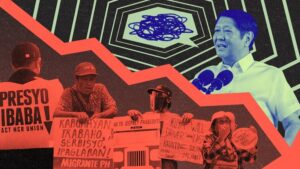
2. Social Inequality and Poverty
Public services deteriorated under Marcos’s rule. Education, healthcare, and infrastructure suffered as funds were diverted to corrupt schemes. The gap between the rich and poor widened, and many Filipinos struggled to meet basic needs.
3. Human Rights Violations
Marcos’s regime was marked by widespread human rights abuses. Thousands of activists, journalists, and political opponents were arrested, tortured, or killed. The military and police became tools of repression, ensuring Marcos’s grip on power.
The Fall of Ferdinand Marcos
The turning point came in 1986, when widespread protests erupted against Marcos’s rule. Sparked by allegations of electoral fraud during the snap elections, the People Power Revolution saw millions of Filipinos take to the streets in a peaceful demonstration. Faced with overwhelming opposition and the loss of U.S. support, Marcos fled to Hawaii, where he lived in exile until his death in 1989.
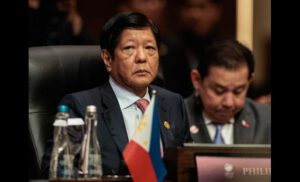
Despite the vast corruption and human rights violations, Marcos remained in power until 1986, when public outrage over the fraudulent elections led to the “People Power” revolution. This peaceful uprising forced Marcos into exile, and the true extent of his corruption began to come to light. Investigations into the Marcos family’s wealth continue to this day, with billions of dollars still being recovered.
Recovery of the Marcos Wealth
Efforts to recover the stolen wealth began immediately after Marcos’s downfall. The Philippine government has since recovered billions of dollars, but much of the Marcos fortune remains hidden. Legal battles continue to this day.
Martial Law: A Tool for Corruption and Oppression
In 1972, Marcos declared martial law, claiming it was necessary to protect the nation from communist insurgencies. However, this move allowed him to rule by decree, suppress opposition, and extend his presidency beyond constitutional limits.
Martial Law gave Marcos the power to enrich himself further, eliminate his political enemies, and suppress any attempts to challenge his authority.
During this period, Marcos’s regime was characterised by widespread corruption, as he and his cronies seized control of state-owned companies, government contracts, and essential industries.
This also marked the beginning of the widespread human rights abuses that would come to define his rule.
Thousands of Filipinos were arrested, tortured, and even killed for opposing his regime, with many families still seeking justice for these crimes today.
Cronyism and the Marcos Empire
One of the hallmarks of Marcos’s corruption was his reliance on a group of loyal allies, known as his “cronies,” who helped him consolidate his wealth and power. These cronies were given lucrative government contracts, monopolies, and business opportunities, further enriching themselves while stifling competition.
The Marcos family, along with their inner circle, controlled vast sectors of the economy, from banking and energy to telecommunications and manufacturing. The impact of this cronyism was devastating, as the Filipino people were left with a deteriorating economy, while the Marcos family and their allies amassed unimaginable wealth.
Lessons from the Marcos Regime
The story of Ferdinand Marcos serves as a cautionary tale about the dangers of unchecked power and corruption. It highlights the importance of accountability, transparency, and a robust legal framework to prevent similar abuses.
Key Takeaways:
- Strong Institutions Matter: Democracies need strong institutions that can hold leaders accountable and prevent the concentration of power.
- Whistleblower Protection: Encouraging whistleblowers to come forward is essential in exposing corruption.
- Vigilant Citizenry: A vigilant and engaged public is crucial in safeguarding democracy.
Conclusion
Ferdinand Marcos remains a symbol of corruption and excess. His legacy is a reminder that political power, when unchecked, can lead to catastrophic consequences for a nation. As countries around the world continue to grapple with corruption, the story of Marcos underscores the importance of transparency, accountability, and the rule of law.
Ferdinand Marcos’s rule in the Philippines is a stark reminder of the devastating effects of corruption and authoritarianism.
While many historical figures left their mark on the past, corruption has not disappeared—it has simply taken new forms. In recent times, we’ve witnessed the dramatic downfall of two of the most corrupt politicians of the modern era, whose actions and misdeeds bear a striking resemblance to those from history. Their rise to power and subsequent fall from grace highlights how corruption continues to thrive, even in today’s political landscape
His wealth, accumulated through unethical and illegal means, as well as the human rights violations under his regime, mark him as one of the most corrupt politicians in history. As the Philippines continues to recover from the lasting effects of his rule, the legacy of Ferdinand Marcos serves as a powerful cautionary tale about the dangers of unchecked political power.
The Philippines has since moved forward, but the scars of the Marcos era serve as a constant reminder of what can happen when leaders put personal gain above public service.
Sign up with Malta Bulletin to get more updates

